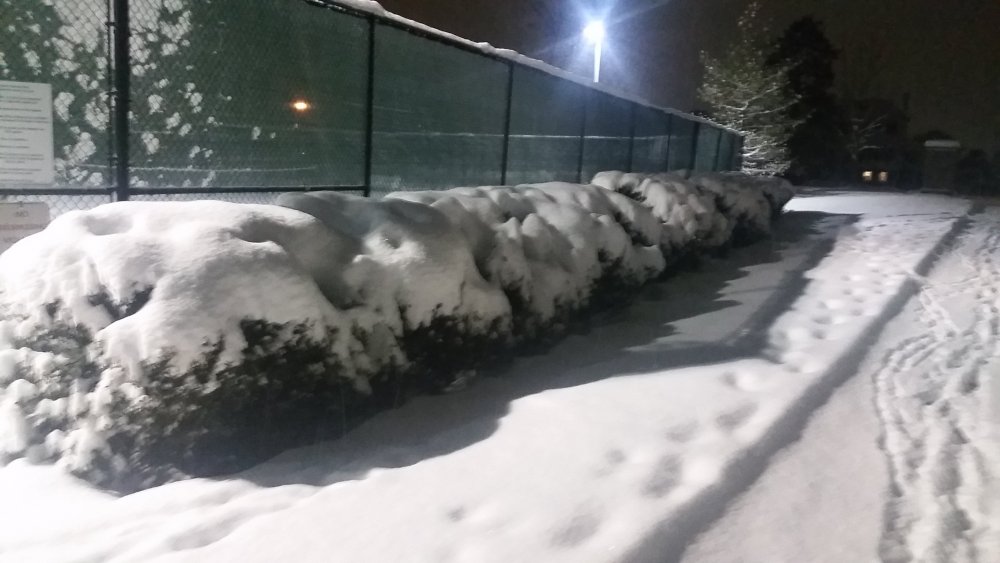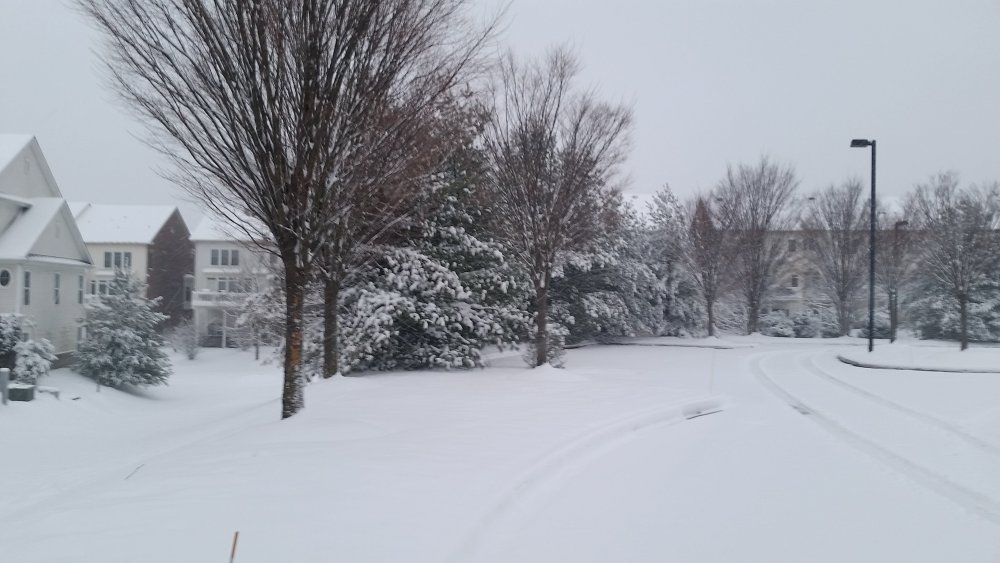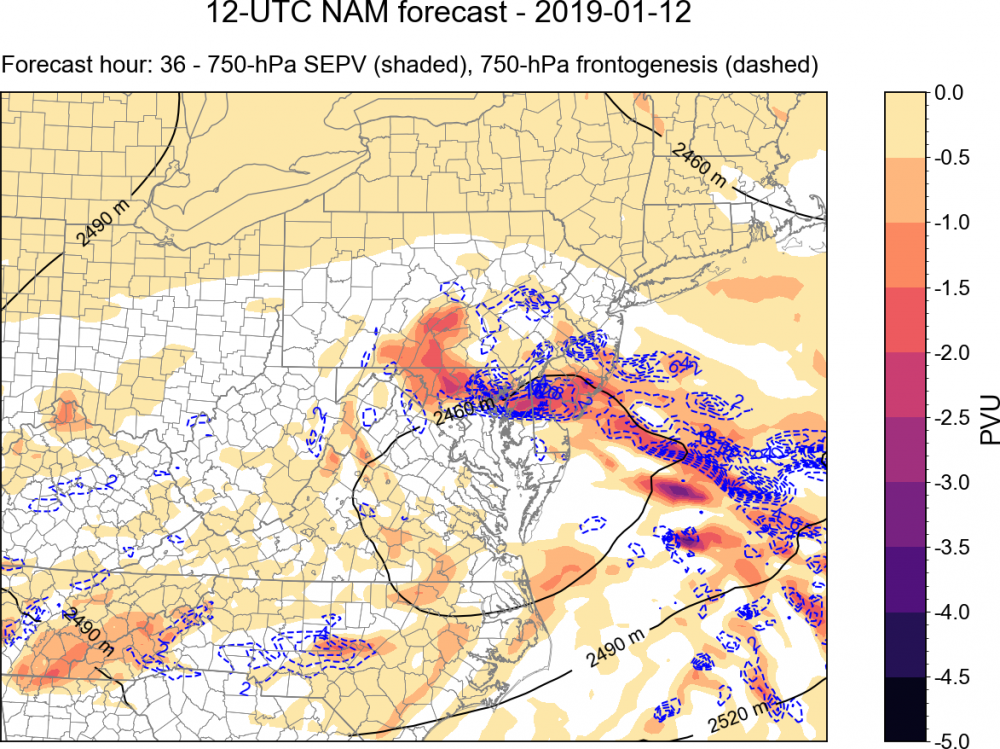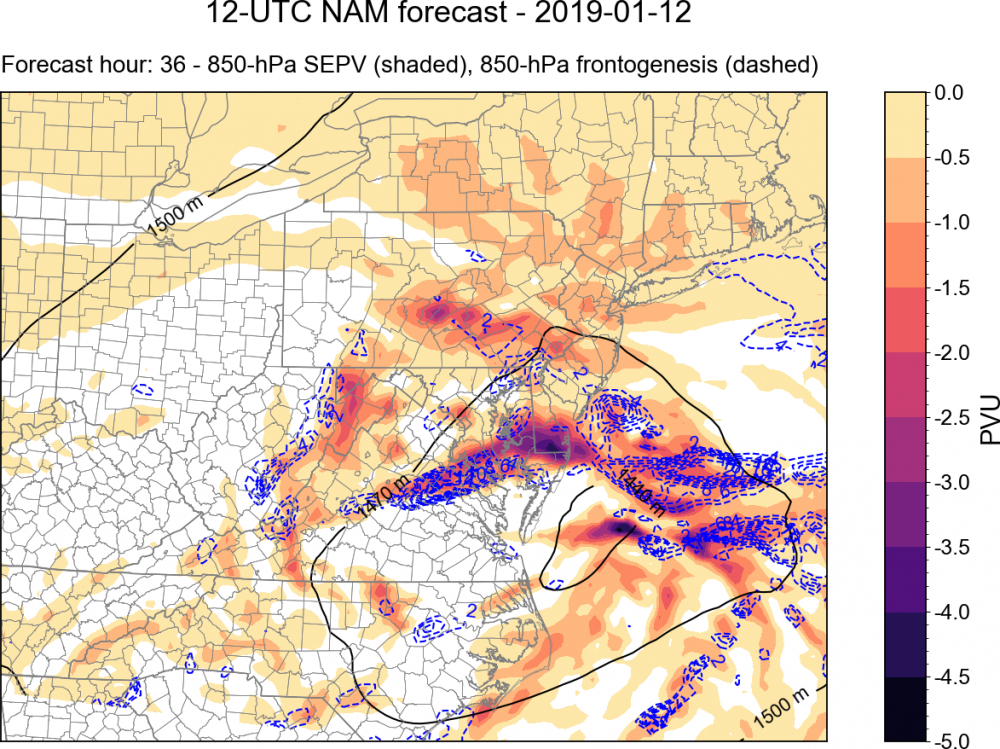-
Posts
1,619 -
Joined
-
Last visited
Content Type
Profiles
Blogs
Forums
American Weather
Media Demo
Store
Gallery
Everything posted by heavy_wx
-
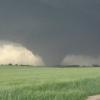
Upstate/Eastern New York
heavy_wx replied to BuffaloWeather's topic in Upstate New York/Pennsylvania
I'm up near the Albany area for this storm...I think it will be better here than where I'd usually be, along I95 in MD! My main concern is if the secondary mid-level (~700-mb) band stays just south of ALB, and we're stuck in the subsidence zone of the circulation during the period of heaviest snow. -
There's a relatively good indication of 1-km AGL rotation from KLWX for the storm west of Baltimore City. Also some shear-induced size sorting evident in the relative placement of the ZDR and KDP maxima.
-
The new positives reported each day would eventually decrease if the infection rate of the virus slows (R0<1), even with increased testing. This happened in New York State, where they have seen both a decrease in # of positives and in increase in # of tests. https://covid19tracker.health.ny.gov/views/NYS-COVID19-Tracker/NYSDOHCOVID-19Tracker-DailyTracker?%3Aembed=yes&%3Atoolbar=no&%3Atabs=n
-
Sorry to hear. Hope you feel better soon.
-
As an example, NY state (as of the Governor's briefing today) has ~700 confirmed cases and 65 people currently in ICU beds. Beyond the confirmed cases, it's hard to know how many people are asymptomatic, so I take your point that the percentage could be lower when factoring in these unobserved cases. The troubling thing is that the number of confirmed cases increases exponentially with time, unless serious social distancing measures are implemented. Italy has *only* 24k cases but its health care system is overrun with COVID-19 patients in critical condition. 16 days ago, Italy had about the same number of cases NY has currently.
-
~10% of COVID-19 cases are serious enough to require ICU treatment. The US hospital system has a limited capacity to provide people with those resources so if there are too many cases at the same time, the system is overloaded and people will not be able to get the treatment they need. Social distancing measures to limit the number of cases occurring at the same time are essential to make sure we don't have that situation - essentially what is happening right now in Italy and Spain - here in the US.
-

The Winter of 2019-2020 Stinks - Let's Complain
heavy_wx replied to WeatherPSU's topic in Mid Atlantic
Yeah, that was a terrible winter for State College; despite getting 7" from that storm, we tied the all-time record for lowest seasonal snowfall. -
Light snow here in North Laurel.
-
Didn't see any snowflakes here.
-
-
Yeah, definitely high SLR.
-
Low-density fluff falling out there. Nice aggregates composed mainly of rimed dendrites.
-
I think the snow detected by the radar is > 500 m above the ground, so with the N wind, it has moved several km south by the time it reaches the ground. I noticed this as the band approached me in North Laurel, where the precip didn't become all that intense until the center of the band was above me.
-
Getting some moderate-sized aggregates now and reduced visibility within the band of 35-40 dBZ reflectivtiy.
-
Getting a steadier light snow here on the northern edge of the band approaching Howard county. Still relatively small flakes.
-
Getting bigger aggregates now, corresponding to increased reflectivity and reduced ZDR.
-
-
Confirmed clumps of dendrites/planar crystals falling within the band of higher reflectivity here. Maybe 1-2" on the ground so far.
-
Light flurries here in North Laurel.
-
Yeah, hopefully it will be a good storm for us down here (my first). It will certainly be interesting to see how the banding sets up.
-
Just for fun, here is a good example of mesoscale banding indicated by some diagnostics of the 12z NAM. The 750 mb heights (black), frontogenesis, and saturation equivalent potential vorticity (SEPV) are plotted above. SEPV is a measure of the stability of air parcels to slantwise and/or vertical displacements in a saturated environment. Regions of negative SEPV have been associated with mesoscale precipitation bands in winter storms. You can see that there is a band of negative SEPV from east of the Delmarva to northern MD, to the north of the closed 750-mb height contour. There is also enhanced 750-mb frontogenesis in this region, associated with a thermally direct circulation (i.e., warm air rising to the south, cold air sinking north). This circulation provides lift, and in the aforementioned environment of conditional stability, leads to enhanced vertical motion within the general synoptic ascent. An important thing to note with these diagonistics is that these circulations and regions of conditional instability occur within layers of the atmosphere, and are often sloped. For example, here is the same plot but for 850 mb: You can see here that the main region of conditional instability and enhanced frontogenesis is displaced to the south over central VA and SE MD. These two levels are different horizontal slices through the same circulation; in this case the circulation is sloped to the north with height. Where this circulation intersects the dendritic growth zone (DGZ) is often where the most intense banded precipitation occurs, due to the region having the most efficient ice crystal growth and aggregation. For more information, this is one good resource: http://cstar.cestm.albany.edu/CAP_Projects/Project6/Mesoscale_Structure/seminar (M. Greenstein).ppt
-

The August 21, 2017 Great American Eclipse
heavy_wx replied to ice1972's topic in Weather Forecasting and Discussion
Yeah, not a bad analogy. -

The August 21, 2017 Great American Eclipse
heavy_wx replied to ice1972's topic in Weather Forecasting and Discussion
Yeah, I was kind of planning on doing that beforehand anyway just because I had a long drive back. I probably would have stayed around a bit longer otherwise. -

The August 21, 2017 Great American Eclipse
heavy_wx replied to ice1972's topic in Weather Forecasting and Discussion
I left maybe 10 minutes after totality. Traffic was fine on I-40 east until I got to the exit ramp. All of the local roads from Tennessee into Kentucky towards I-75 were bad, and it ended up being a 5-hour drive to I-75 that takes under 3 hours without traffic. After a few miles on I-75 traffic was fine and opened up a lot once I got to I-64 east in Kentucky. That part of the trip was definitely helped by the lower populations of West Virginia, western MD, and central PA. -

The August 21, 2017 Great American Eclipse
heavy_wx replied to ice1972's topic in Weather Forecasting and Discussion
I ended up witnessing the total eclipse at Edgar Evins state park 60 miles east of Nashville. The build-up to totality was amazing; it got noticeably colder and the cumulus died as if an outflow boundary had swept through the area. The light got noticeably dimmer, and it kind of looked like those scenes in old movies where they film shots in the day and darken them to make it seem like night. Totality itself was of course awesome; light from the corona seemed to extend away from the sun in a wishbone shape, with one wispy strand of light to the left and two strands to the right. We were also able to see Venus, and I think Mercury during totality. My favorite picture of the event (the only one I took during totality):




